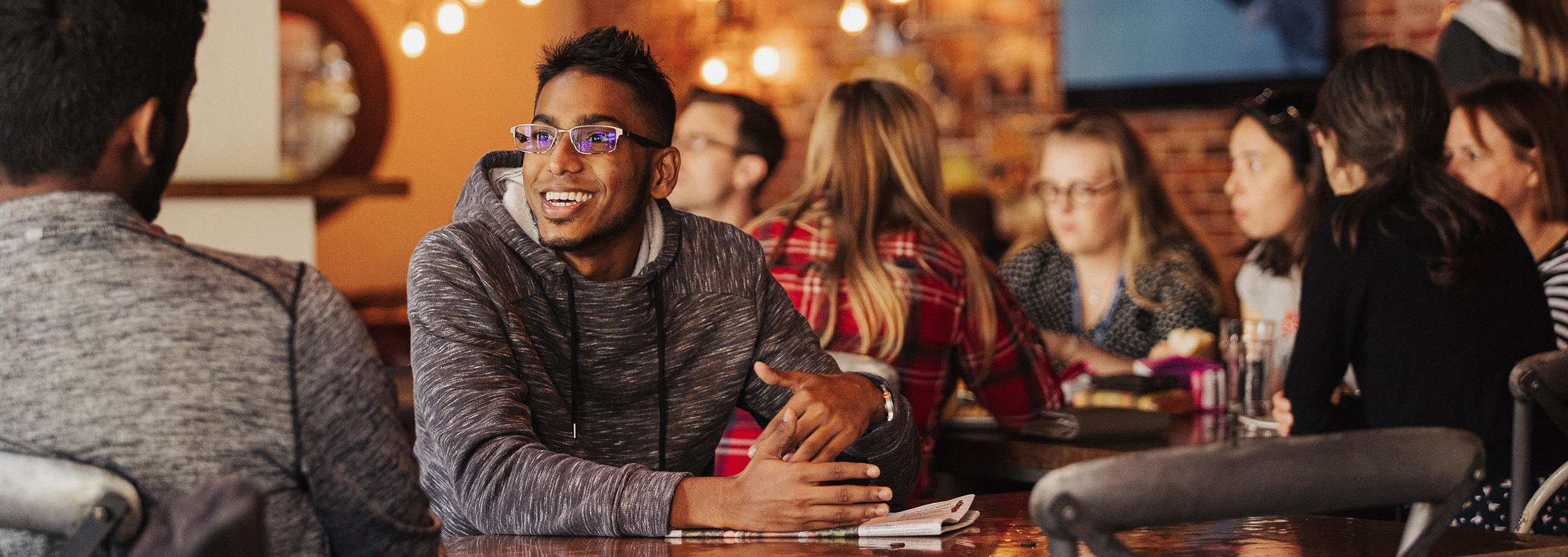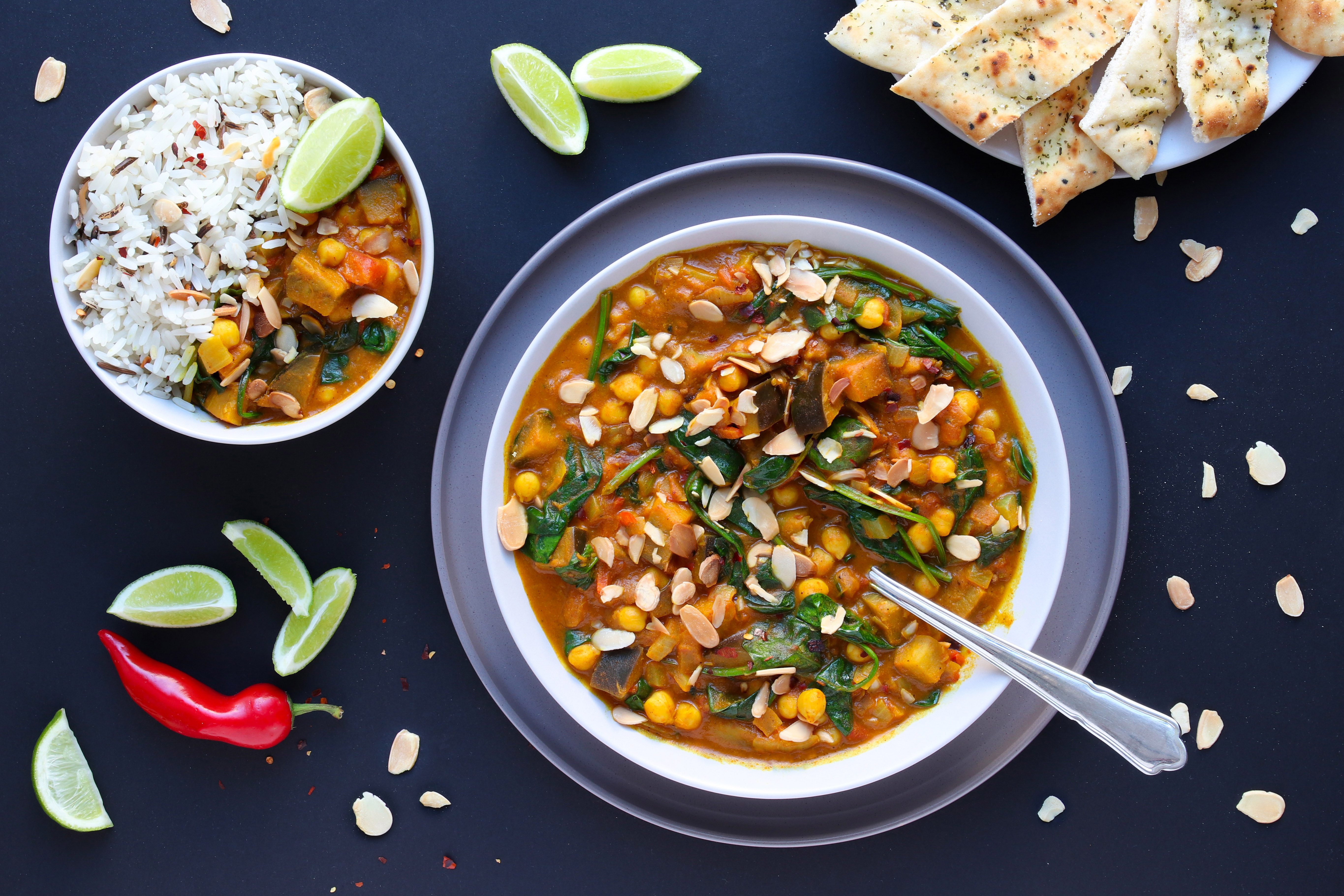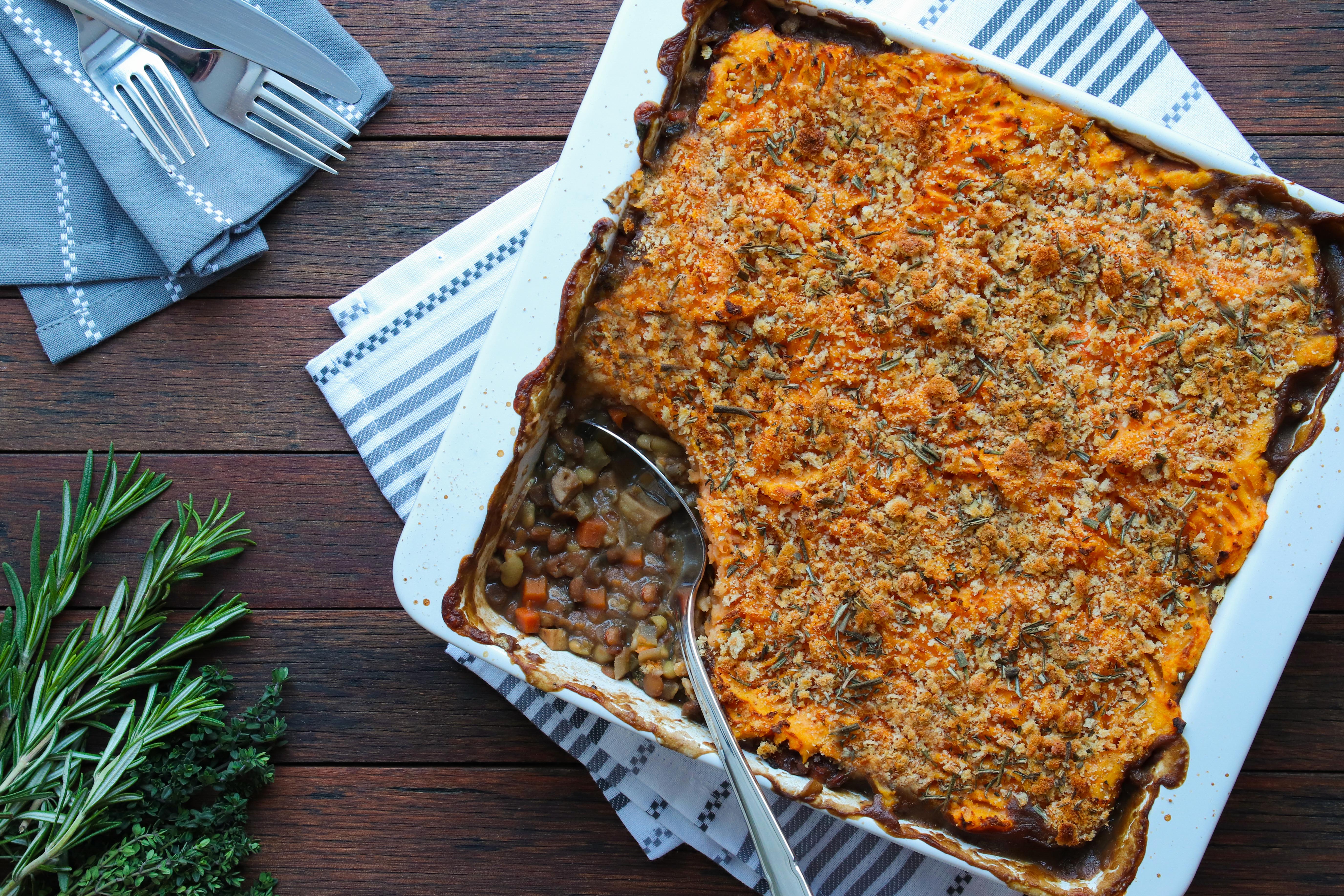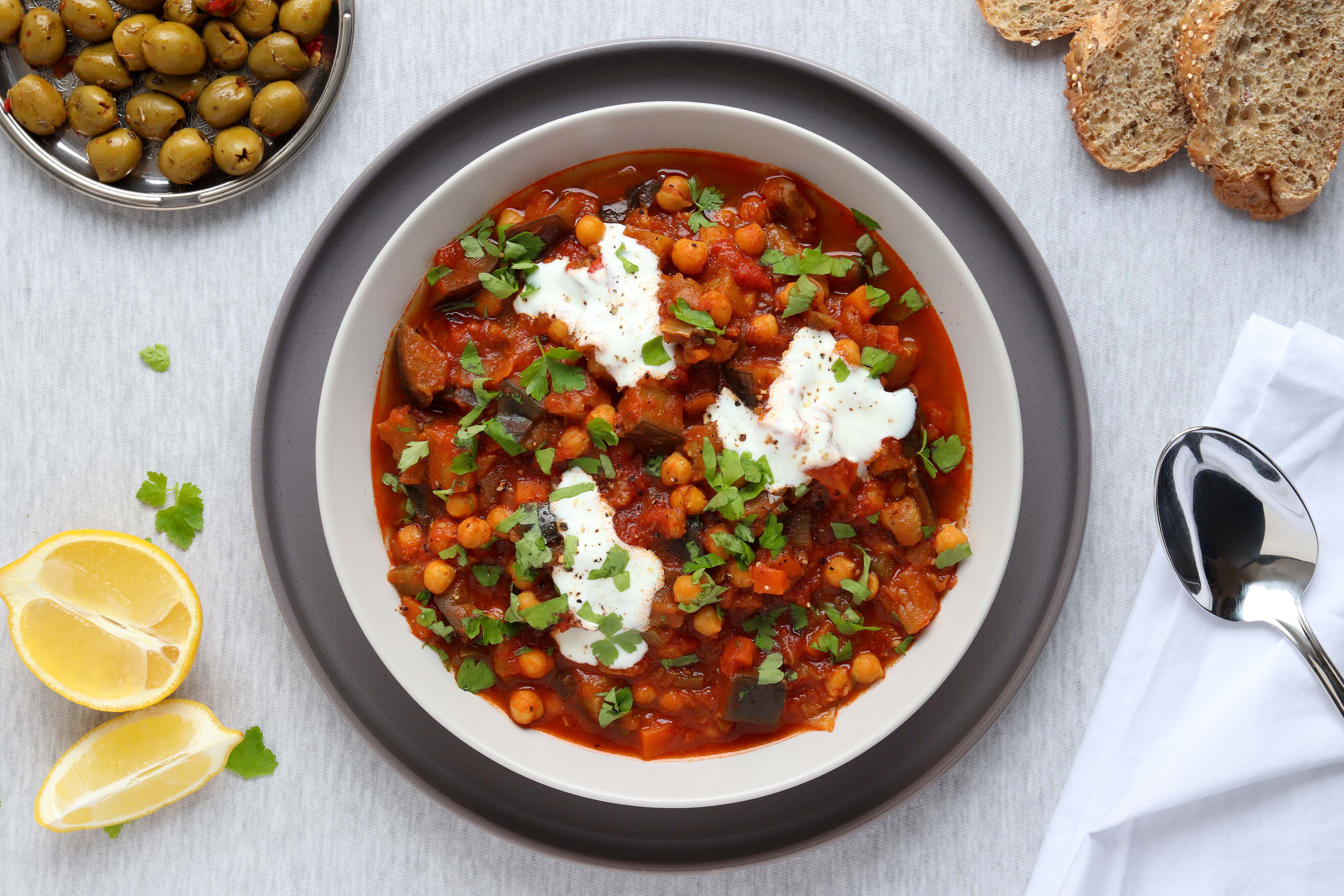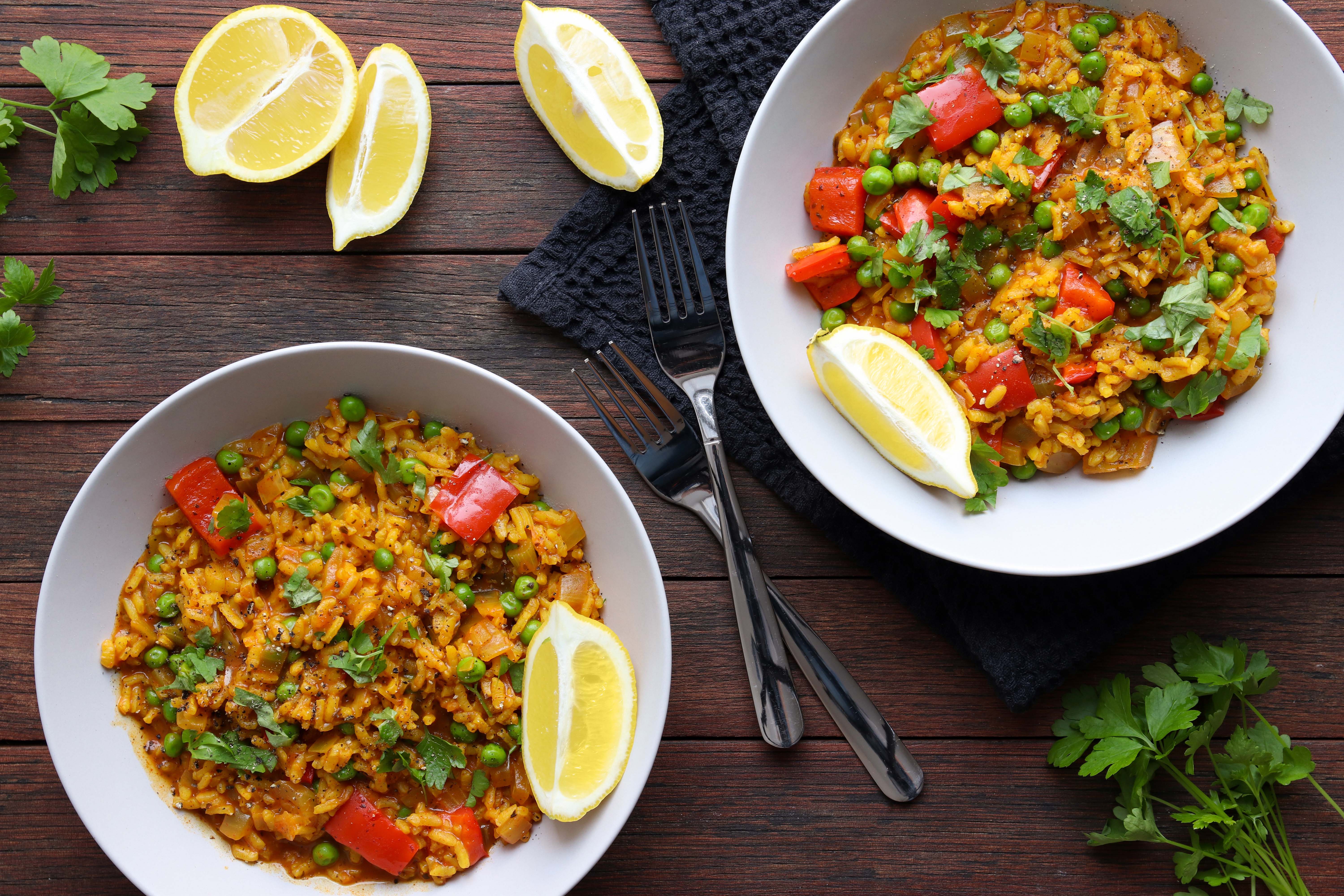We hope you’ve been enjoying these tasty #KentWellbeingIdeas to get you through lockdown. Today we give you our fourth and final recipe in our Veganuary … Read more
Month: January 2021
Vegan Shepherd’s Pie
Are you in need of more #KentWellbeingIdeas to get you through lockdown? Well, how about this rich, hearty vegan shepherd’s pie, topped with fluffy sweet … Read more
Vegan Greek-Style Aubergine Stew
We’re back with another tasty wellbeing idea to get you through lockdown. This time we have a recipe for a delicious veg-packed aubergine stew. Topped … Read more
Vegan Spanish Paella
Lockdown can be a time of uncertainty, isolation, and boredom; but it can also be an opportunity to have fun, experiment, and practice self-care. It’s … Read more
